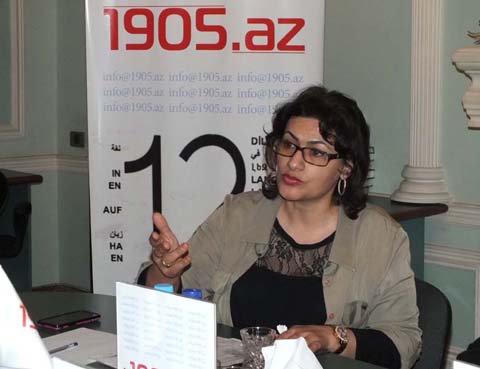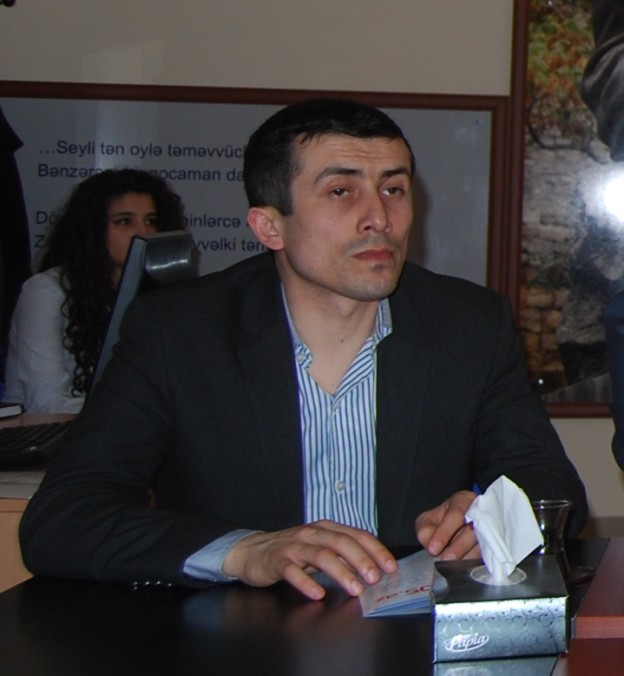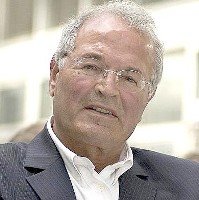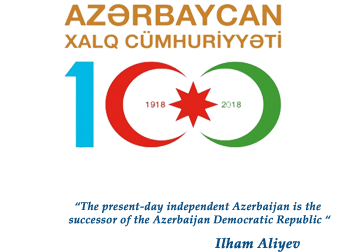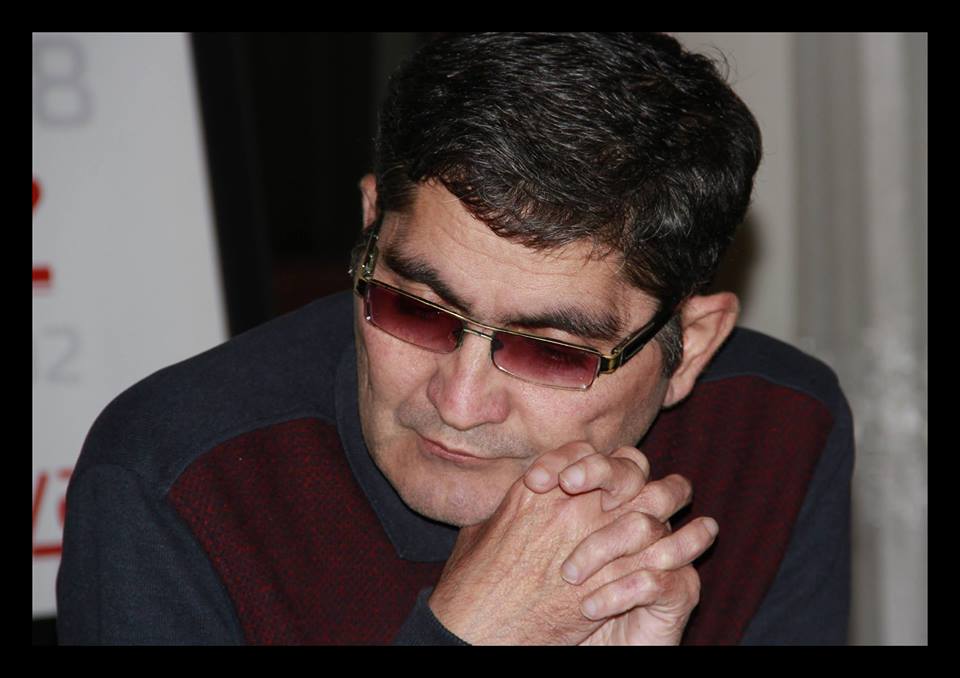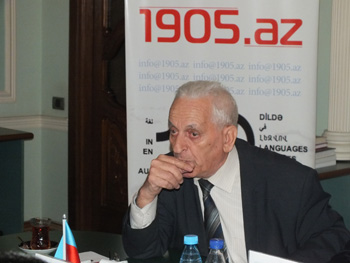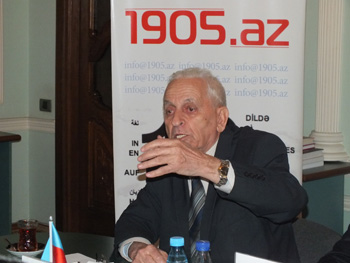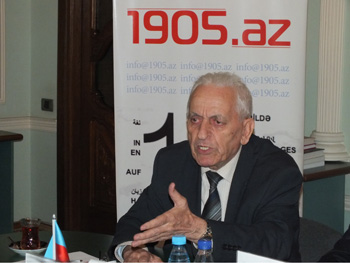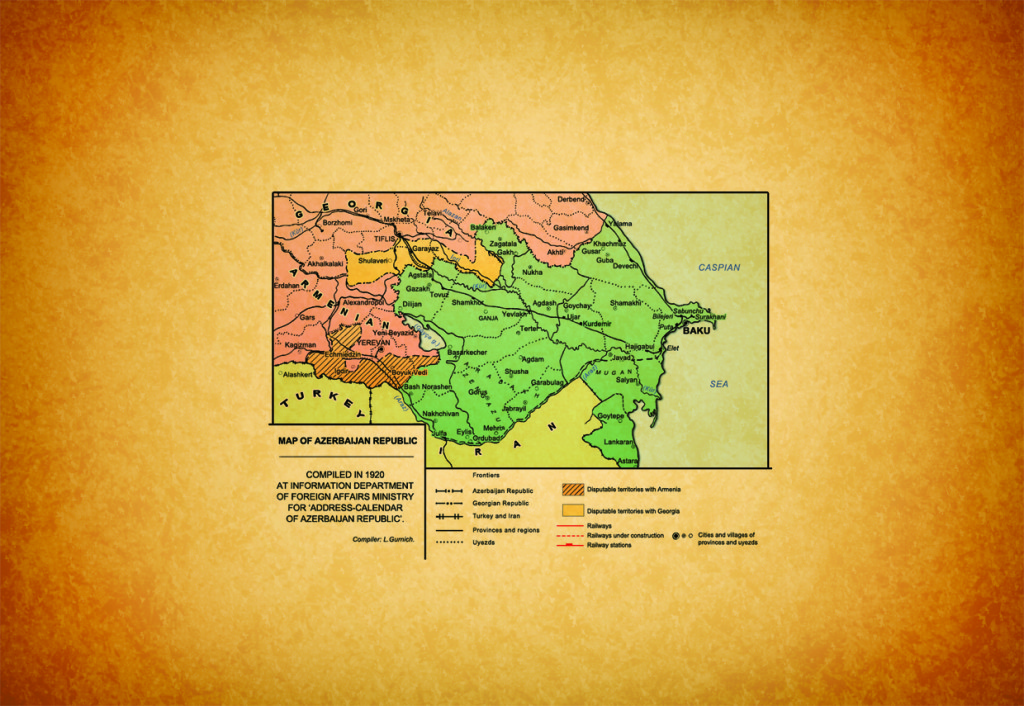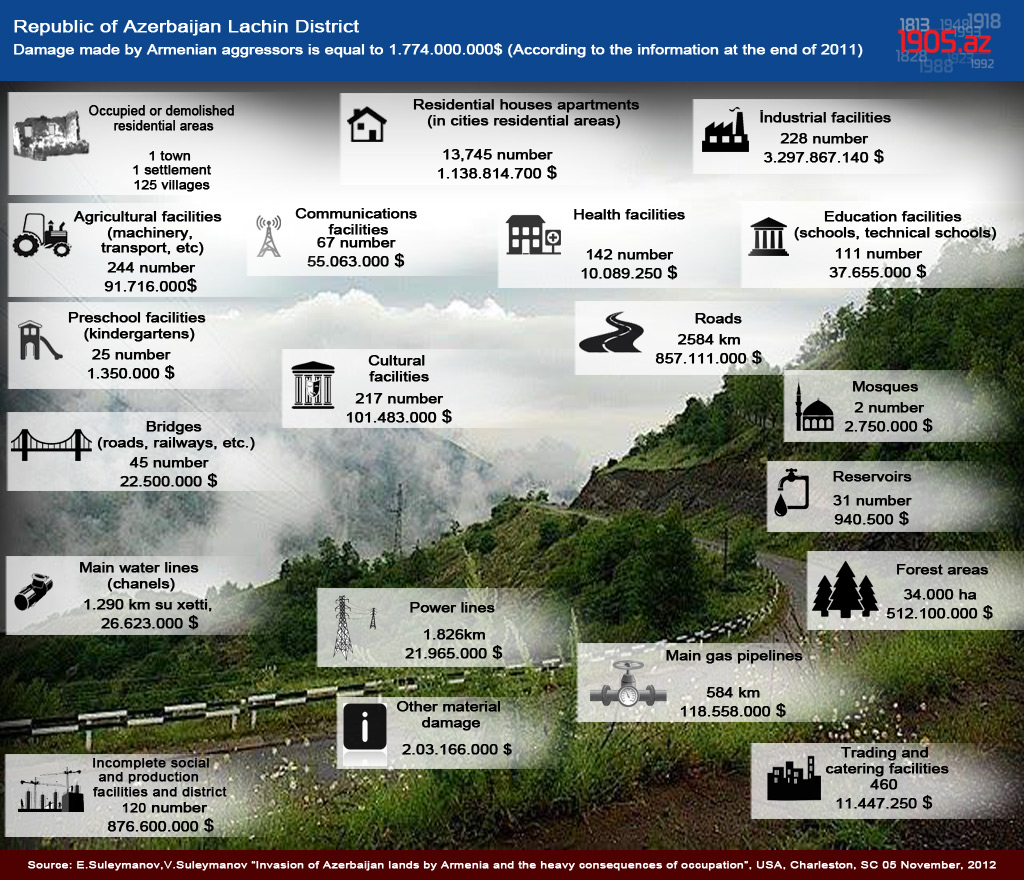Jabrail – administrative district in the Republic of Azerbaijan. It was established in 1930 and bordered with the Islamic Republic of Iran in the South and South-east. Area of the district is 1049,8 km², population is 66,4 thousand people (01.01.2006). Center of the district is Jabrail town.
The district is consisted of Jabrail town, Gumlag and Khalafly settlements, Yarahmadly, Khubyarly, Imambaghy, Horovlu, Chapand, Safarsha, Chereken, Papi, Afandilar, Balyand, Garajally, Doshulu, Suleymanly, Dashkasan, Gishlag, Guyjag, Shaybay, Nuzgar, Shahvelli, Niyazgullar, Tinly, Govshudlu, Haji Isagly, Goshabulag, Shukurbayli, Shixaliaghaly, Mahmudlu, Fughanly, Dajal, Amirvarly, Sarijaly, Mazra, Yukhary Mazra, Soltanly, Yanarkhaj, Alikeykhaly, Mashanly, Hasanly, Mehdily, Chakhirly, Minbashily, Sadi, Aghtapa, Kavdar, Mirak, Huseinallar, Hajily, Tulus, Dagh Tumas, Garaaghaj, Sofulu, Chalabilar, Dagh Mashanly, Gazanzamy, Soyudlu, Ashaghi Maralyan, Yukhary Maralyan, Karkhulu, Jafarabad, Isagly, Galajig, Hovuslu, Sirik, Ashagy Sirik, Shixlar, Mollahasanly, Asgarkhanly, Khalafly, Garar, Kurdlar, Nusus, Tatar, Gumlag, Mastalibayli, Khudafarin, Goyarchin Veydally, Boyuk Marjanly, Chocug Marjanly, Yukhary Marjanly, Khanaghabulag, Chullu, Darzily, Dash Veysally, Yukhary Nusus, Ashig Malikly, Niftalilar, Gushchular, and Hasangayaly villages.
Surface of the district mainly is sloping flat (Injachol, Gayan chol) and low mountainous in north (southern-eastern foots of Karabakh chain). Tabashir sediment in mountainous part and Neogenic and Anthropogenic sediments in lowland areas are evident. Climate is mild-hot and dry in summer. Average temperature is 0-2 ° C in January and 24-25 ° C in July. Annual rainfall is 400-500 mm. Rivers (Injachay, Chakhmagchay and etc.) are short and temporary, Aras river flows from the border with the Islamic Republic of Iran. Soil is chestnut colored and dark brown. Semi desert and mountainous-xerophytes plants are evident. Animals: wolf, fox, dormouse, field mouse and etc. Vine-growing, cattle-breeding and grain growing are the main parts of economy. There are 60 high schools, 3 musical schools, 19 clubs, 31 libraries, 8 hospitals, 11 doctors and 52 medical points in the district.
There are a lot of historical-archeological monuments (old residences, kurgans, mosque, bath-house, round and eight-cornered tombs, Khudafarin bridge) in the district.
The district was occupied by the Armenian armed forces on August 23, 1993.
Azerbaijan National Encyclopedia. 25 volumes, “Azerbaijan” volume, Baku, 2007, pg.854 ( in Azerbaijani)

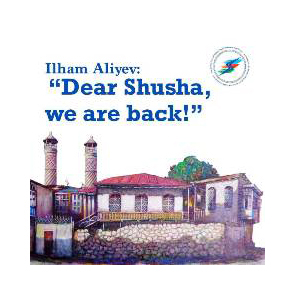

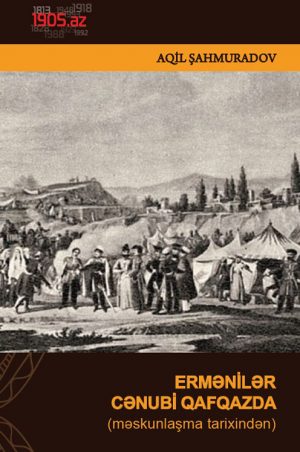


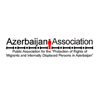


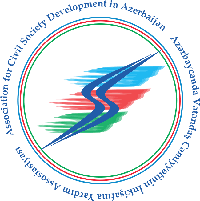
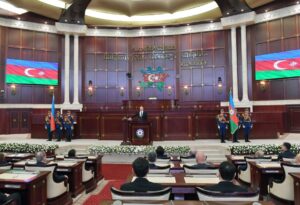 Inauguration ceremony of President of Azerbaijan Ilham Aliyev was held
Inauguration ceremony of President of Azerbaijan Ilham Aliyev was held Ilham Aliyev wins presidential election with 92.05 percent of votes VIDEO
Ilham Aliyev wins presidential election with 92.05 percent of votes VIDEO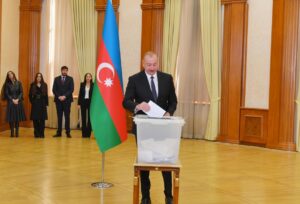 President Ilham Aliyev, First Lady Mehriban Aliyeva and family members voted in Khankendi VIDEO
President Ilham Aliyev, First Lady Mehriban Aliyeva and family members voted in Khankendi VIDEO Plenary session of 6th Summit of Conference on Interaction and Confidence Building Measures in Asia gets underway in Astana. President Ilham Aliyev attends the plenary session VIDEO
Plenary session of 6th Summit of Conference on Interaction and Confidence Building Measures in Asia gets underway in Astana. President Ilham Aliyev attends the plenary session VIDEO President Ilham Aliyev was interviewed by Azerbaijani TV channels in Prague VIDEO
President Ilham Aliyev was interviewed by Azerbaijani TV channels in Prague VIDEO



